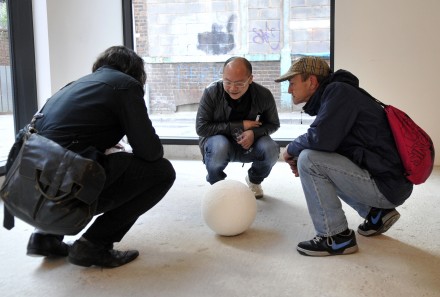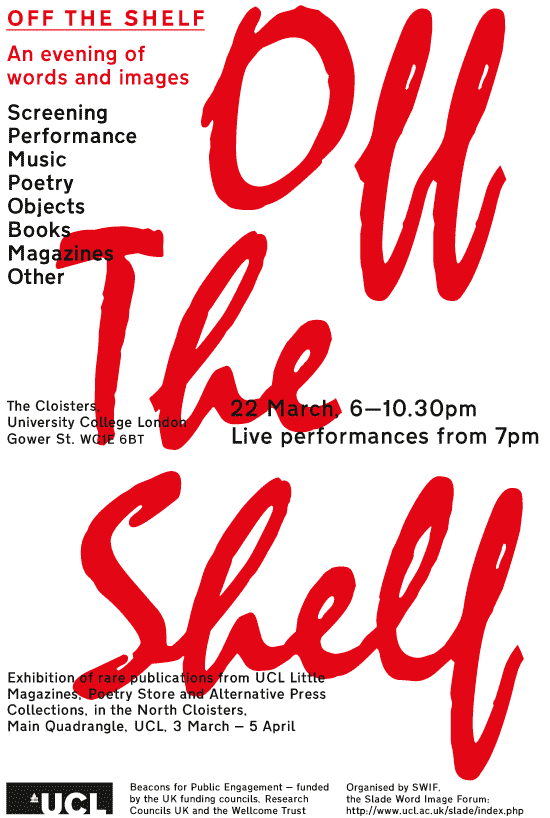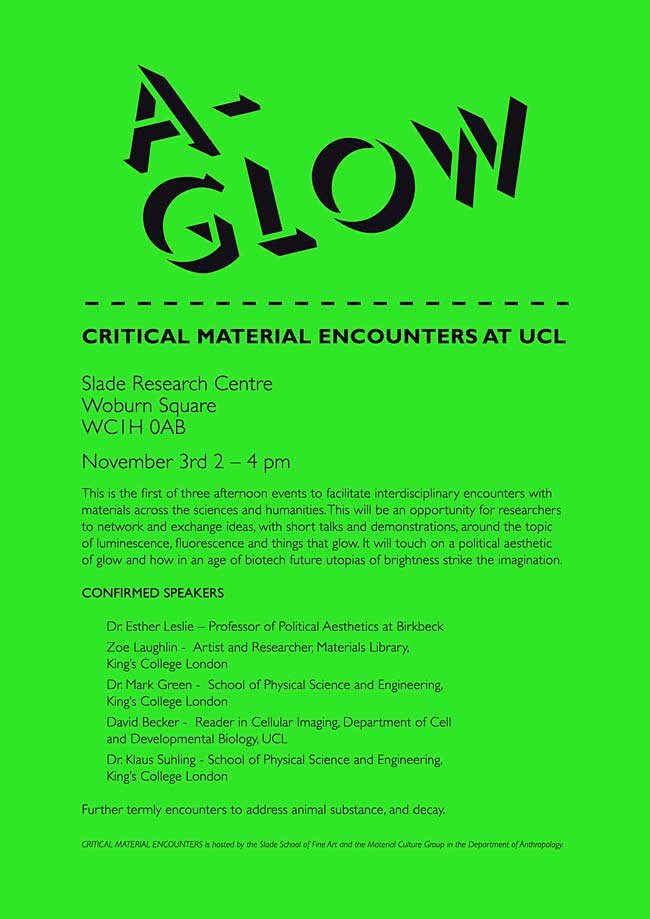11 January 2013, 1:00 pm – 1:45 pm
The Open Data Institute, 65 Clifton St, Shoreditch, London Borough of Hackney, EC2A, UK
Introducing Friday Lunchtime Lectures at the Open Data Institute.
You bring your lunch, we provide tea & coffee, an interesting talk,
and enough time to get back to your desk.
For our first lecture…
Curators of the ODI Data as Culture art commission, TED Senior Fellow,
Julie Freeman, and MzTEK co-founder, Sophie McDonald, will provide a
background of the data-driven art movement, why this commission is so
timely, and take you on a tour of the art works installed at the ODI
offices.
20Hz (2011)
Semiconductor
Body 01000010011011110110010001111001 (2012)
Stanza
Metrography (2012)
Benedikt Groß & Bertrand Clerc
Still Lifes and Oscillators 1 (2012)
Ben Garrod
Text Trends (2012)
Martin John Callanan
The Obelisk (2012)
Fabio Lattanzi Antinori
The SKOR Codex (2012)
La Société Anonyme
Three flames ate the sun, and big stars were seen (2012)
Phil Archer
Vending Machine (2009)
Ellie Harrison
To book your place sign up here










